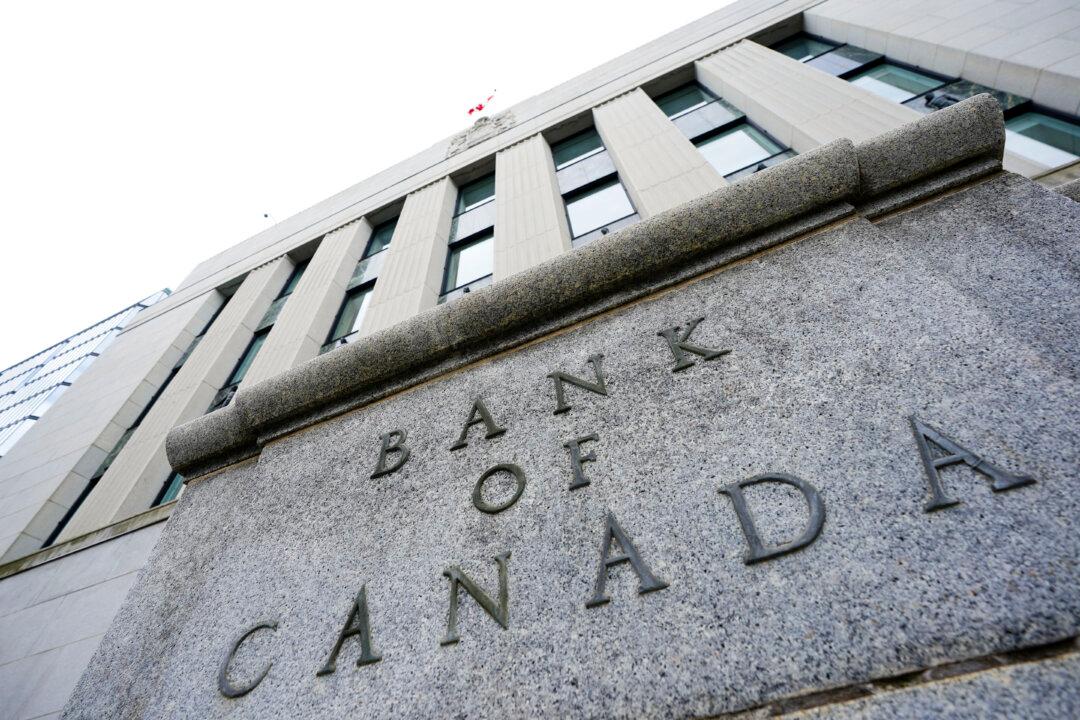Inflation in Canada saw a sharp deceleration in the month of February to reach a 5.2 percent year-over-year increase compared to 5.9 percent in January. This was the largest drop since April 2020, the month after stock markets reached rock bottom due to the pandemic recession.
Statistics Canada says that despite inflation slowing in recent months prices have remained elevated. It notes inflation has increased 8.3 percent compared with 18 months ago.





